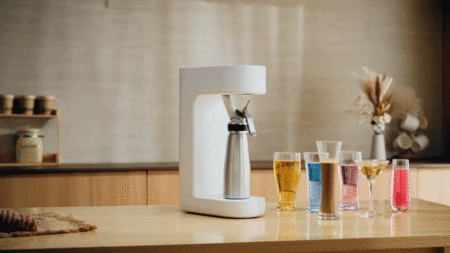Want a home that produces as much energy as it consumes? Well, few such net-zero homes are designed by certain architects but not everyone has access to these houses. But you can make your existing home closer to zero energy dwelling by making few changes.
Check out the following eight steps towards net-zero homes, which consume as well as generate enough energy to cancel out its overall footprint.
1. Effective insulation and solar panels
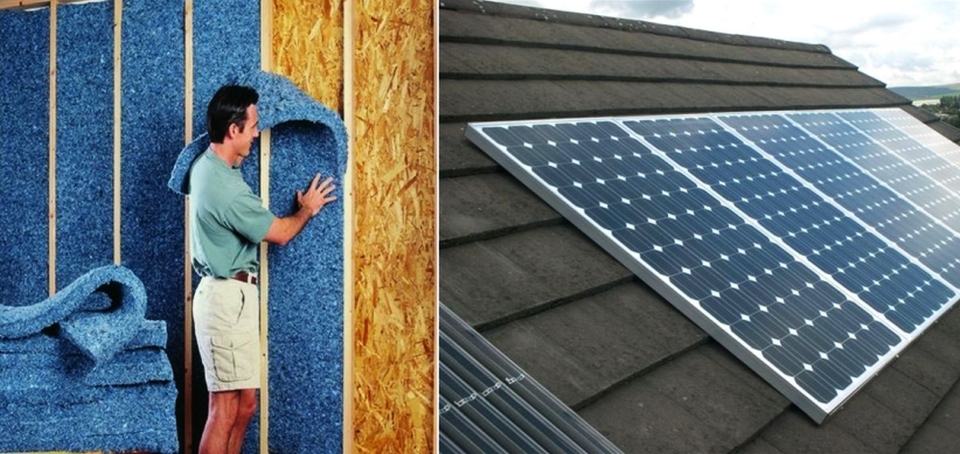
Heating and cooling consume more than half of the energy utilized in a home. Instead of installing electrical heating and cooling appliances into your home, add solar panels onto the roof for reducing electricity costs. Furthermore, get your house fully insulated to prevent excessive heat loss or gain. This way you’ll be able to maintain controlled temperature within your house without any energy wastage.
2. Double-glazed windows
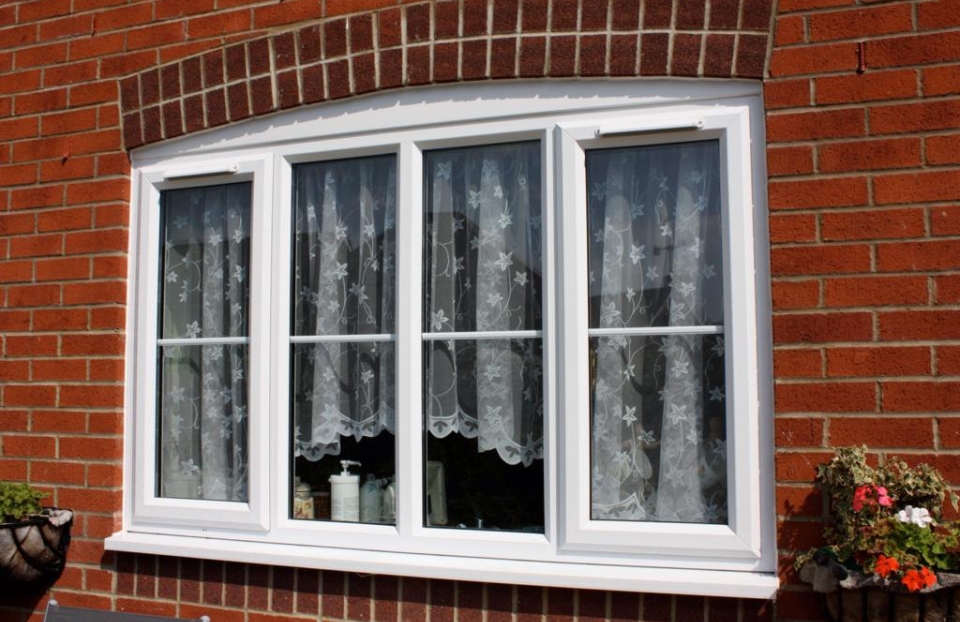
Install double-glazed windows onto your house to maximize solar gain and minimize energy costs. Although installation costs of energy-efficient windows are higher, but it provides higher energy performance for longer duration. Beside energy saving, these installations can be used for further maintenance and enhance aesthetics of home.
3. Install solar-powered water heaters
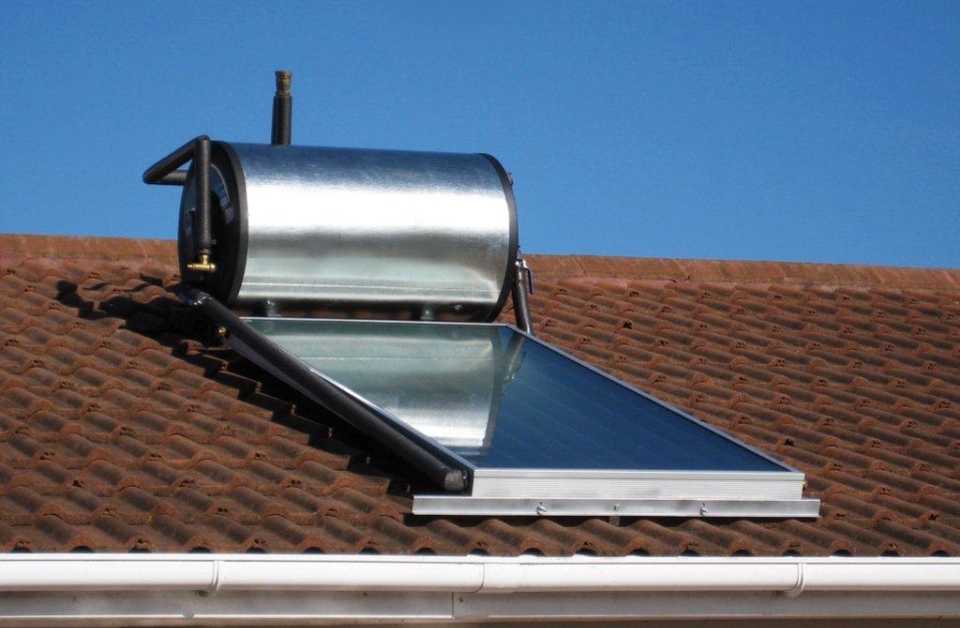
Solar-powered water heaters are efficient sources of heating water without utilizing energy. Installing water heaters with solar panels atop roof of your home will make heating an easier process without consuming electricity. However, these installations are not efficient enough for cold climatic regions.
4. Purchase Energy Star appliances
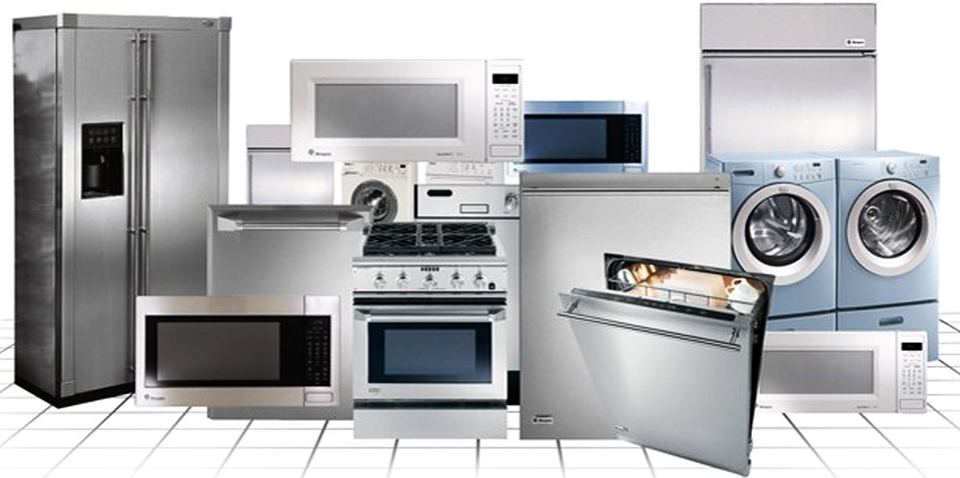
Energy Star appliances help in saving a lot of energy, as they heat only on demand. This way they prevent energy wastage and utilize only minimal amount of energy for proper functioning. So, replacing old appliances with energy-efficient appliances is a great move towards zero-energy homes.
5. Replace old CFL light bulbs with LEDs bulbs
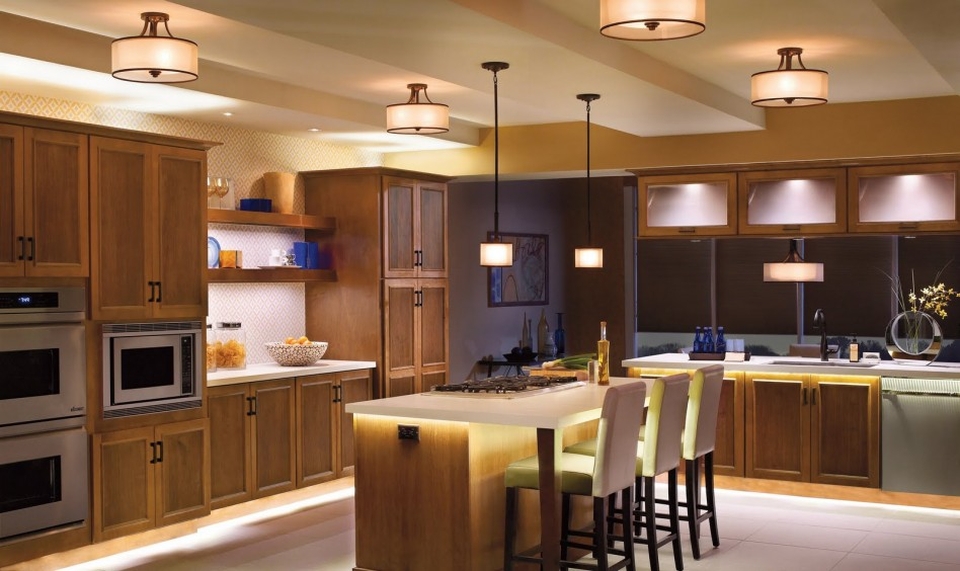
You may be aware of adverse effects of CFL light bulbs on skin and health. So without a doubt consider switching to LED light bulbs. LED lighting has even dropped in price, so there’s no more reason left to avoid buying them. Moreover these lighting fixtures provide brighter light than CFLs, meanwhile reduces power bills.
6. Get smart thermostat

Install a smart thermostat to regulate temperature of your home. The better your house is built and insulated, the more energy will be saved by your smart thermostat. Some thermostats are also available with built-in sensors that detect human presence and immediately switch off when you’re not in a particular room. This way these thermostats greatly prevent unnecessary energy loss.
7. Energy recovery ventilation

If your house is fully insulated and sealed, then an energy recovery ventilator (ERV) is a good idea to maintain air quality. The ERV controls moisture whilst regulating air ventilation and it also recovers the heat lost, whilst air being exhausted.
8. Rainwater harvesting system
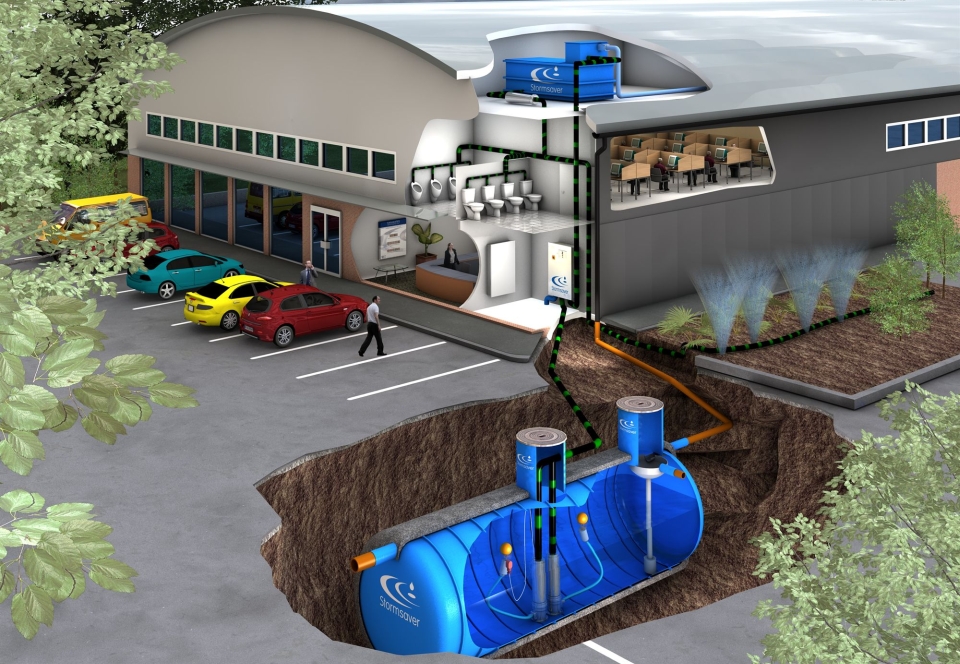
The rainwater harvesting system collects rainwater for further usage within home, without any need of electricity or fuel. Furthermore, once it is installed there are virtually no running costs. The system uses few pumps to collect and store the rainwater from a building.
With these easy yet effective ways, you can make your home closer to zero-energy. This means your home will be able to consume less energy than it produces.
Follow Homecrux on Google News!


